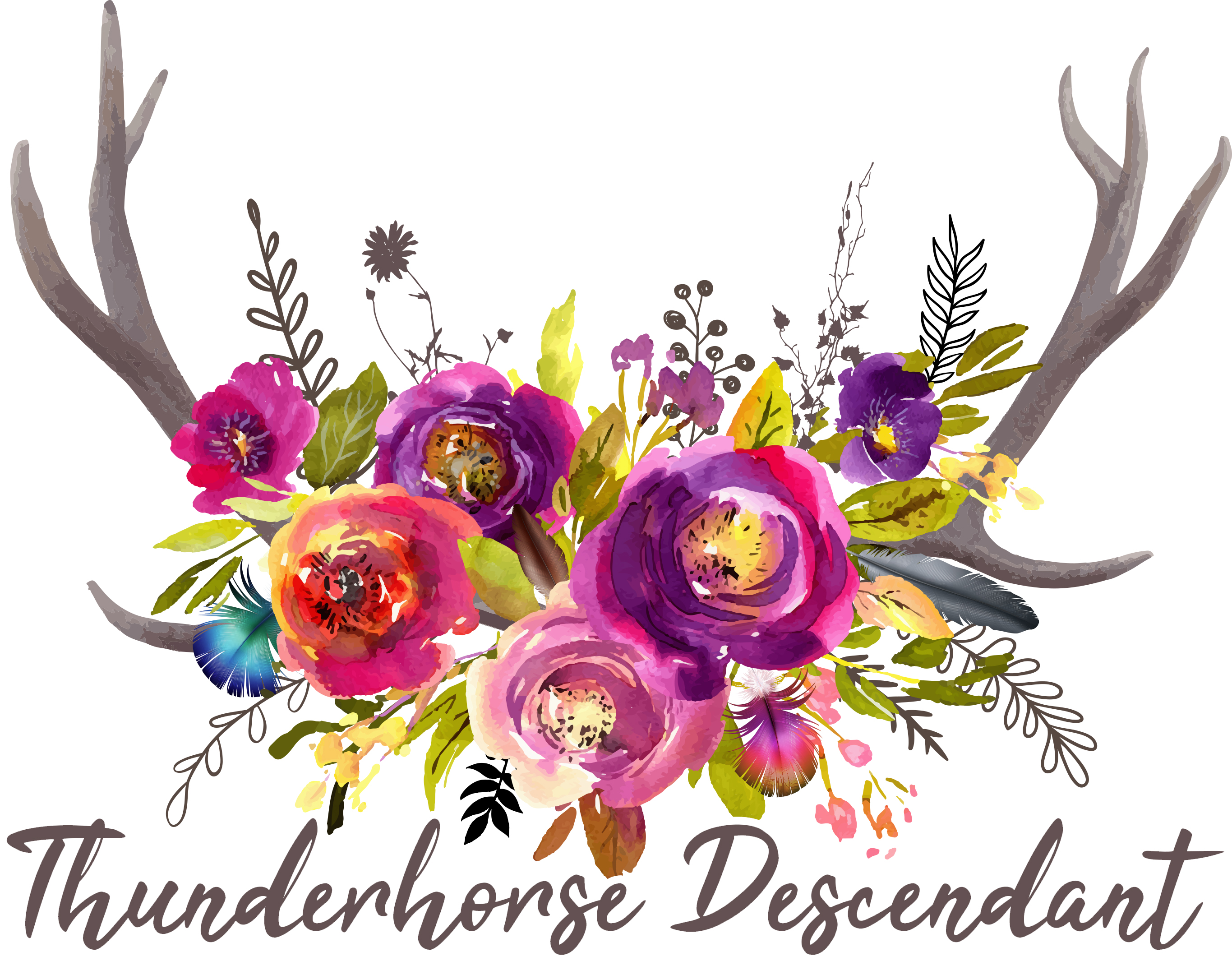Posted by Randee Brown on 14th Aug 2024
The Serpent Symbolism in Victorian Era Jewelry: A Timeless Emblem of Eternal Love
The Victorian era, spanning from 1837 to 1901, was marked by its distinct and intricate jewelry styles, deeply rooted in symbolism and sentimentality. Among the most captivating symbols of this period was the snake, which became an emblem of eternal love and commitment, especially in engagement and wedding rings. This trend was notably inspired by Queen Victoria herself, whose engagement ring from Prince Albert featured a serpent with an emerald, her birthstone, set into its head.
The Serpent: A Symbol of Eternity
In many cultures, the snake has long been regarded as a symbol of eternity, transformation, and renewal due to its ability to shed its skin. During the Victorian era, this symbolism was intertwined with the ideals of love and fidelity. The circular shape of a snake biting its own tail, known as the ouroboros, further emphasized this idea of eternal life and endless love—a love that knows no end.
Queen Victoria's Influence
Queen Victoria’s engagement ring was a defining moment in the popularity of snake jewelry. The serpent, chosen by Prince Albert, was not only a nod to eternal love but also a highly personal symbol for the Queen. The emerald, set in the snake’s head, was Victoria’s birthstone, making the ring a unique and deeply meaningful piece. The public, ever enamored with the young queen and her love story, quickly adopted the serpent motif in their own jewelry.
Serpent Jewelry Beyond the Engagement Ring
While serpent rings became synonymous with engagement and wedding bands, the motif was also widely used in other types of jewelry during the Victorian era. Bracelets, brooches, necklaces, and earrings frequently featured coiled snakes, sometimes set with gemstones, adding a layer of elegance and sophistication. The snake's enduring popularity in jewelry can be attributed to its association with both eternal love and the protective qualities it was believed to confer upon the wearer.
The Enduring Legacy
Today, Victorian snake jewelry remains highly sought after by collectors and enthusiasts. The intricate designs and profound symbolism continue to resonate, making these pieces timeless treasures. The legacy of Queen Victoria’s serpent ring lives on, not just as a piece of jewelry, but as a symbol of an era where love was celebrated with passion and adorned with deep, meaningful symbolism.
Reference Sheet
- Source: The Art of Victorian Jewelry by G.M. Glaser
Details: This book provides a comprehensive overview of the symbolism and styles prevalent in Victorian-era jewelry, including the significance of the serpent motif. - Source: Queen Victoria’s Engagement Ring - The Royal Collection Trust
Details: The Royal Collection Trust offers insights into the personal symbolism behind Queen Victoria's engagement ring and its influence on jewelry trends during her reign. - Source: Jewelry: The International Era, 1789-1910: Volume I: 1789-1861 by Shirley Bury
Details: This volume explores the jewelry styles of the early Victorian period, including the widespread use of snake symbolism in engagement rings. - Source: Snakes as Symbols of Eternity and Love in Victorian Jewelry - Victoria & Albert Museum
Details: This article from the V&A Museum discusses the cultural significance of snakes in Victorian jewelry and how it became a symbol of eternal love. - Source: Victorian Sentimentality and Symbolism in Jewelry - The British Museum
Details: The British Museum's collection and articles shed light on the sentimental nature of Victorian jewelry, with a focus on the symbolic use of animals, including snakes.

